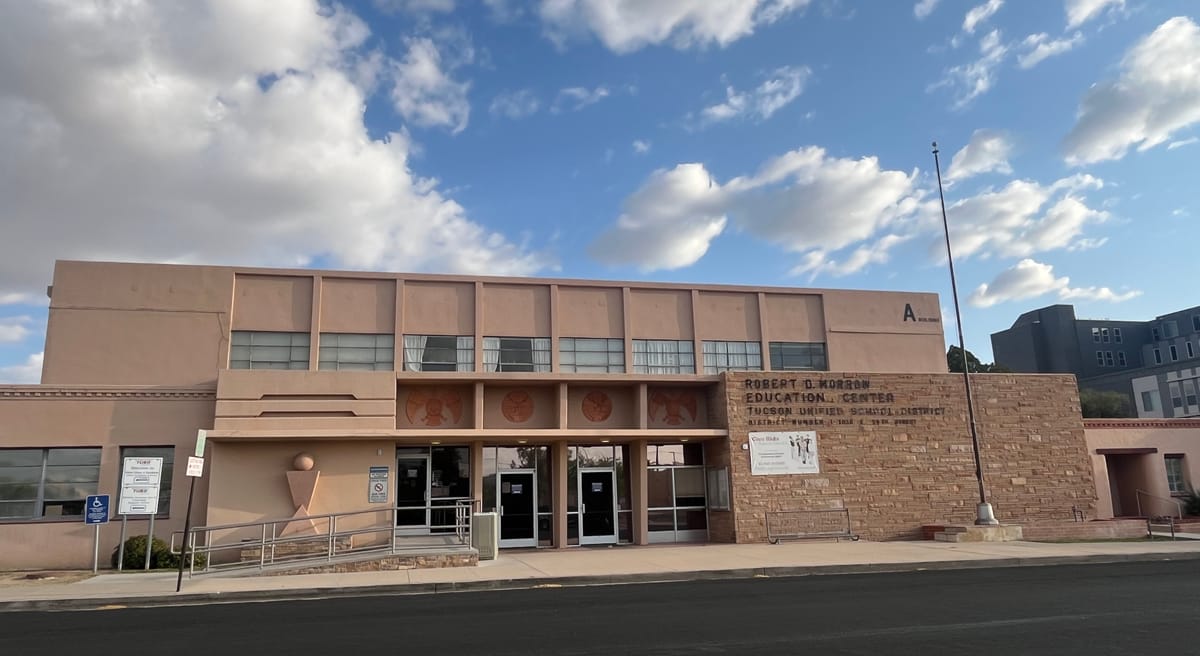Falling birth rates, school choice may further shrink TUSD enrollment
Experts warn that declining birth rates, an aging population, and expanded school choice programs could lead to long-term enrollment declines in Tucson Unified School District.

Experts warn that declining birth rates, an aging population, and expanded school choice programs could lead to long-term enrollment declines in Tucson Unified School District.
